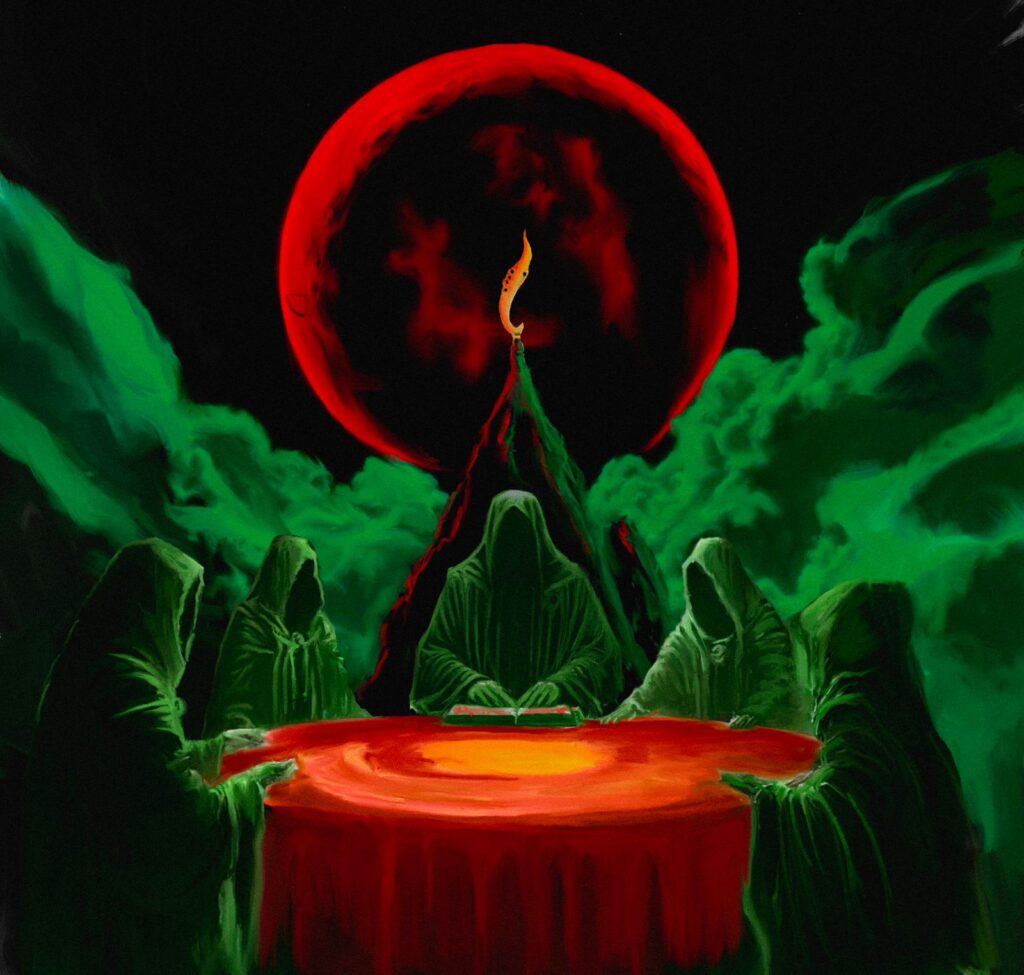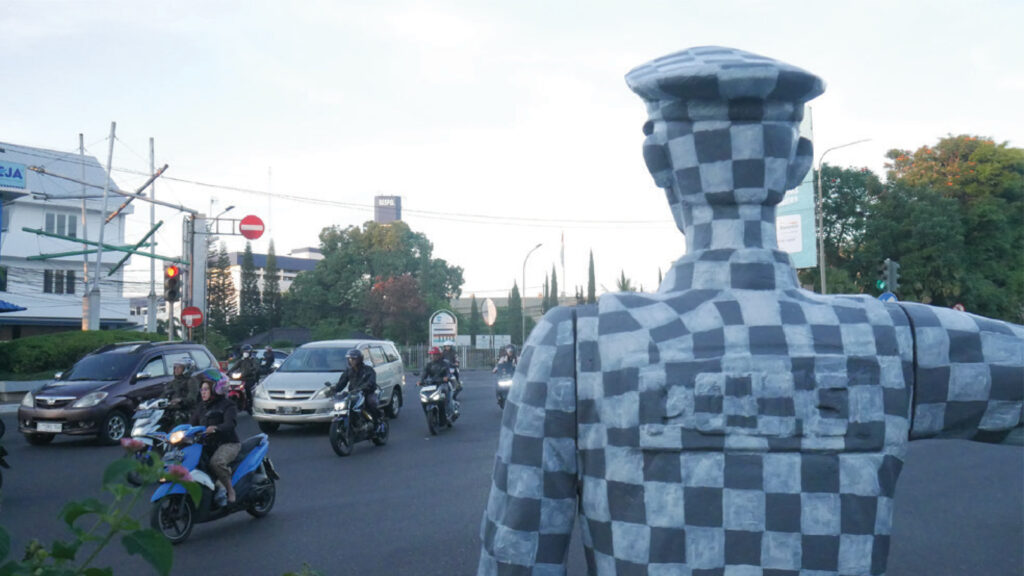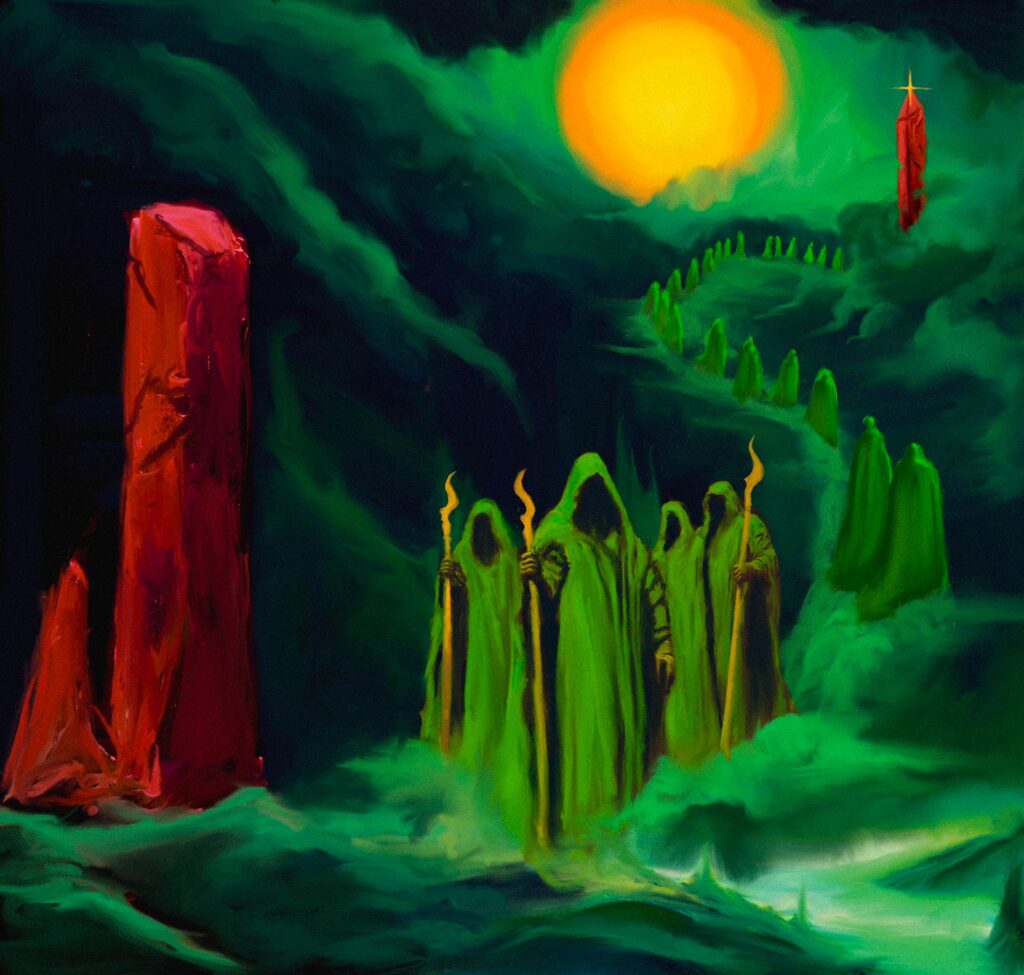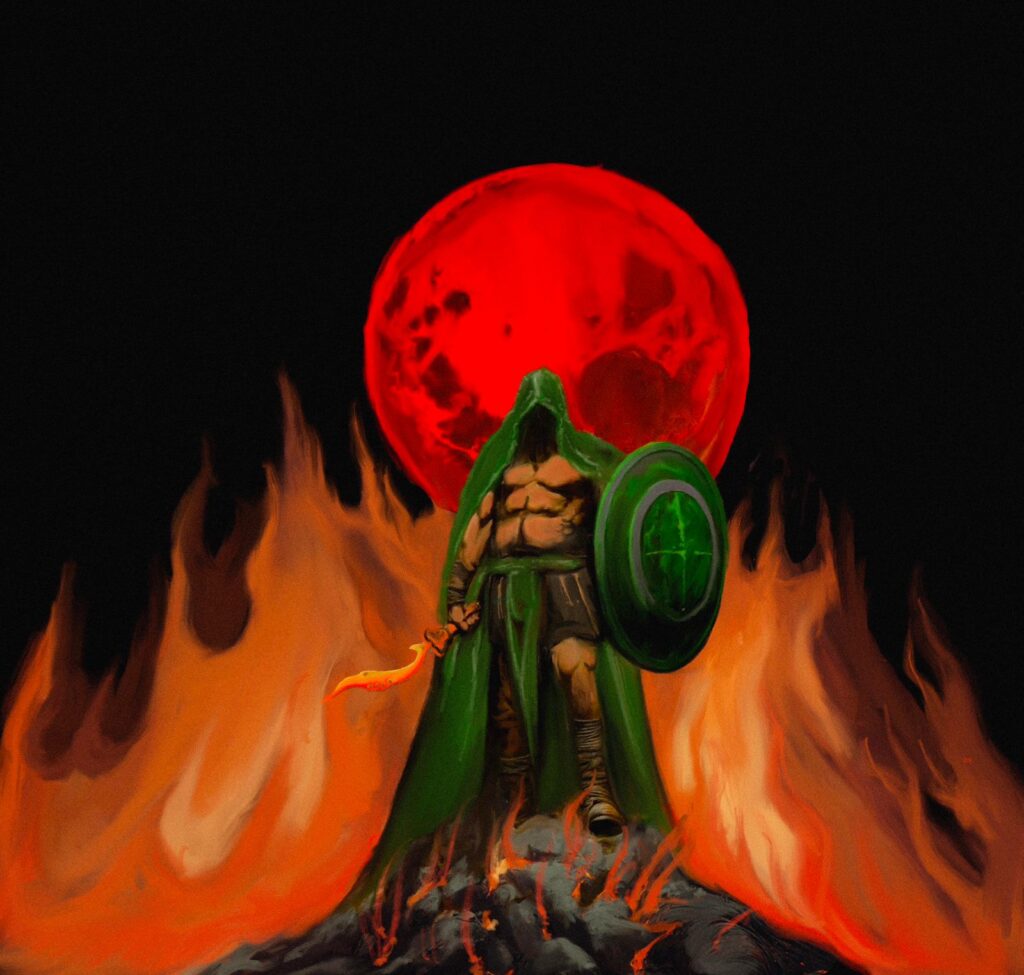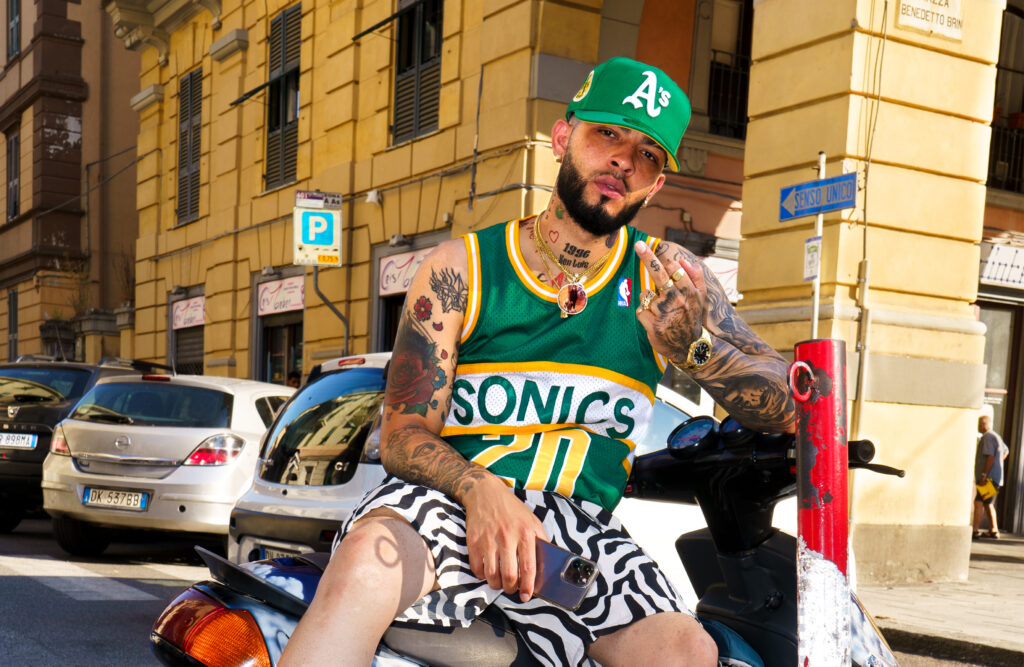An Upside-Down World: Inside Rome’s Rebibbia Penitentiary Complex
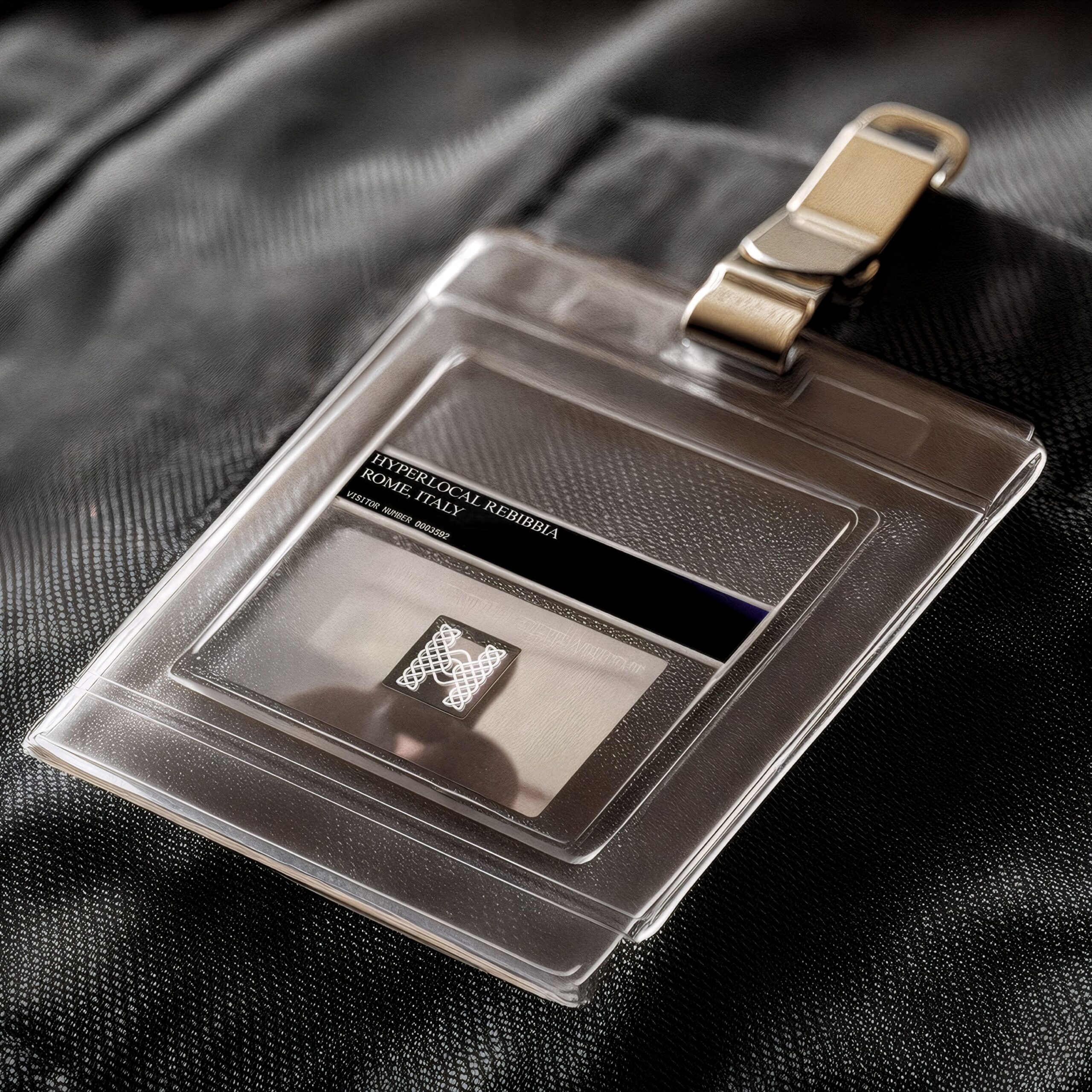
On 26 December last year, during the Jubilee rites, Pope Francis opened a Holy Door inside a prison for the very first time, at the church of Padre Nostro inside Rebibbia’s Nuovo Complesso. It was an extraordinary act that symbolically elevated the church to the rank of a basilica, placing it on a par with St Peter’s, St Paul’s, St John Lateran, and Santa Maria Maggiore. “Hope does not disappoint”, he said on that occasion. And hope that does not disappoint is hope that must be heard, seen, recognised, and welcomed.
Later that year, on 23 September 2025, an extraordinary session of the City Council was held in the Nuovo Complesso theatre, devoted entirely to matters of detention and to the relationship between the Council and Rome’s penal institutions—places set apart, yet still part of the city fabric, locally administered and governed. Nothing similar had taken place since 2002, under Mayor Veltroni almost 25 years ago, curiously enough on the eve of another Jubilee. Among the motions presented was one symbolic in nature yet deeply significant in its implications: the proposal to create a new Municipio, the city’s sixteenth, encompassing all Rome’s prisons—the four in the Rebibbia area, Casal del Marmo, and Regina Coeli.

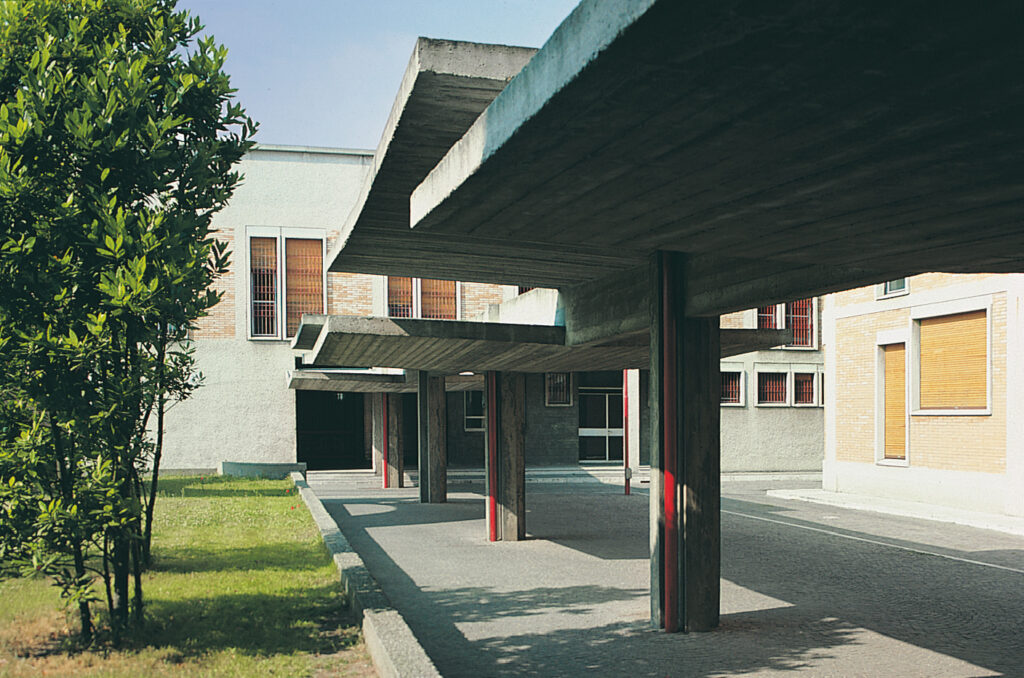
The pressing need to bring prisons back onto the map, and to remember that hope does not disappoint, brought to mind a conversation I had in mid-2025 with members of Mammut, the community group for the Ponte Mammolo–Rebibbia neighbourhoods. One remark, in particular, came back to me: the observation that this corner of Rome closely resembles the prison it hosts. It ‘enjoys’ visibility only in flashes—brief moments of intense public attention, almost centre stage, followed by long stretches of silence, during which life for those who live here quietly continues, moving forward, getting by amid countless hardships. Life and time that no one can restore by rewinding the clock.
A great neighbourhood that, in a sense, does not exist, and one that contains two versions of itself. The one drawn on cadastral maps, and the one enclosed within the perimeter walls running along Via Raffaele Majetti, Via Bartolo Longo, and Via del Casale di San Basilio. Two twins sharing the same womb, similar in many ways yet worlds apart in others: because where invisibility is experienced by free women and men on one side, on the other it is endured by those inside an upside-down world, where the routines and rules resemble those outside—waking, eating, washing, reading, exercising, even working—yet become so rigid that they turn into something entirely different.

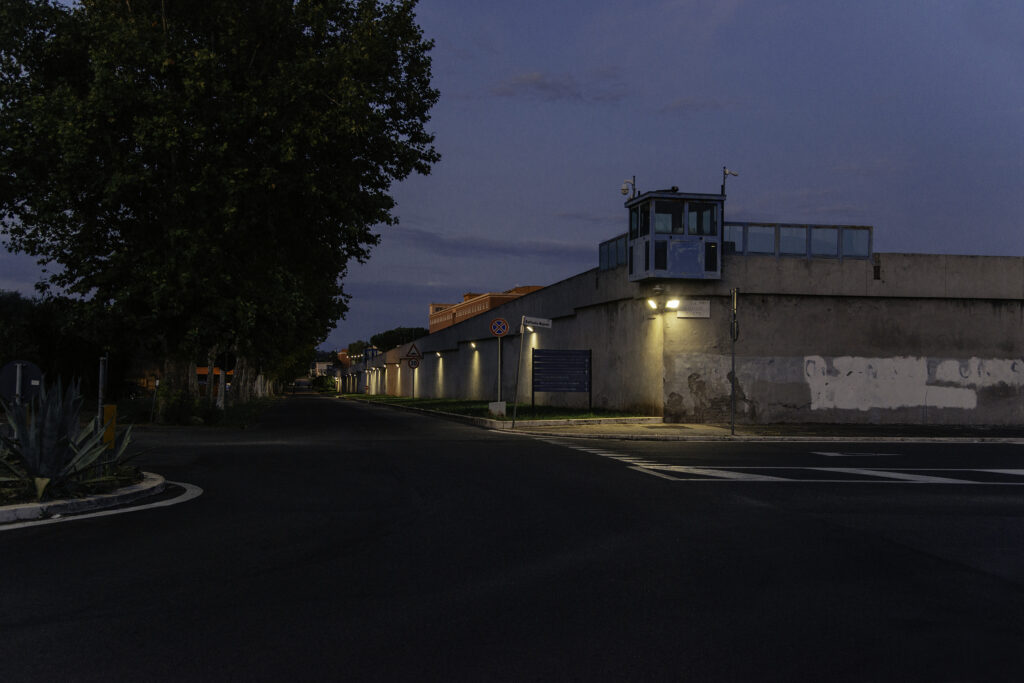
In this sense, crossing the threshold of a prison and spending even a few hours inside is an important, invaluable, essential experience that everyone should have. Not to see firsthand the consequences of breaking the law or to feel fear, but because, since time immemorial, it is absence that prompts reflection. Prison is a place where every form of meaning and representation belonging to daily life and routine is suspended. Here, every gesture provokes questions; every word triggers thought. It is a place where the “whys” multiply, where—much like in the agoràs and philosophical gatherings of classical antiquity—the great questions come to the fore: What is good? What is evil? What does it mean to live in a society, and how does one coexist within it? Under which rules? What is justice? What is punishment, and what is forgiveness? What is hope? What does it mean to be supportive or empathetic? How does one change, and how does one find the strength to do so? How does one live when, in an instant, technology disappears, and all that remains are the five senses?
Like every neighbourhood, the one that doesn’t exist has its citizens, its places, its ancestors, its chronicles and myths, its everyday rhythms and extraordinary moments. We have tried to tell a fragment of its story: digging through archives and accounts of the past; through the stories born of the encounter between the prison and the city of Rome—an endless wellspring of artistic and media narratives, from cinema and theatre to literature and photography; and, above all, through a workshop with a group of inmates from the Nuovo Complesso, whom we thank for guiding us through this process and, in a way, making us feel at home for a few hours. Welcome.

